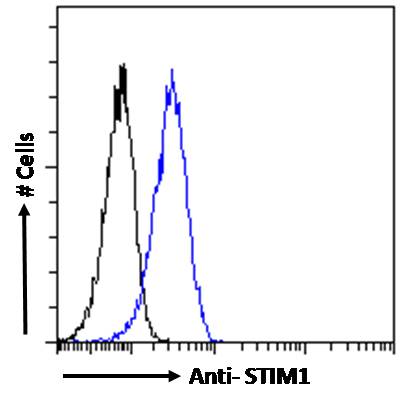
IHC-P analysis of human spleen tissue using GTX31757 STIM1 antibody. Working concentration : 2.5 microg/ml
STIM1 antibody
GTX31757
ApplicationsImmunoFluorescence, Western Blot, ELISA, ImmunoCytoChemistry, ImmunoHistoChemistry, ImmunoHistoChemistry Paraffin
Product group Antibodies
TargetSTIM1
Overview
- SupplierGeneTex
- Product NameSTIM1 antibody
- Delivery Days Customer9
- Application Supplier NoteWB: 1 - 2 microg/mL. IHC-P: 2.5 microg/mL. *Optimal dilutions/concentrations should be determined by the researcher.Not tested in other applications.
- ApplicationsImmunoFluorescence, Western Blot, ELISA, ImmunoCytoChemistry, ImmunoHistoChemistry, ImmunoHistoChemistry Paraffin
- CertificationResearch Use Only
- ClonalityPolyclonal
- Concentration1 mg/ml
- ConjugateUnconjugated
- Gene ID6786
- Target nameSTIM1
- Target descriptionstromal interaction molecule 1
- Target synonymsD11S4896E, GOK, IMD10, STRMK, TAM, TAM1, stromal interaction molecule 1
- HostRabbit
- IsotypeIgG
- Protein IDQ13586
- Protein NameStromal interaction molecule 1
- Scientific DescriptionThis gene encodes a type 1 transmembrane protein that mediates Ca2+ influx after depletion of intracellular Ca2+ stores by gating of store-operated Ca2+ influx channels (SOCs). It is one of several genes located in the imprinted gene domain of 11p15.5, an important tumor-suppressor gene region. Alterations in this region have been associated with the Beckwith-Wiedemann syndrome, Wilms tumor, rhabdomyosarcoma, adrenocrotical carcinoma, and lung, ovarian, and breast cancer. This gene may play a role in malignancies and disease that involve this region, as well as early hematopoiesis, by mediating attachment to stromal cells. This gene is oriented in a head-to-tail configuration with the ribonucleotide reductase 1 gene (RRM1), with the 3 end of this gene situated 1.6 kb from the 5 end of the RRM1 gene.[provided by RefSeq, Jan 2009]
- Storage Instruction-20°C or -80°C,2°C to 8°C
- UNSPSC12352203



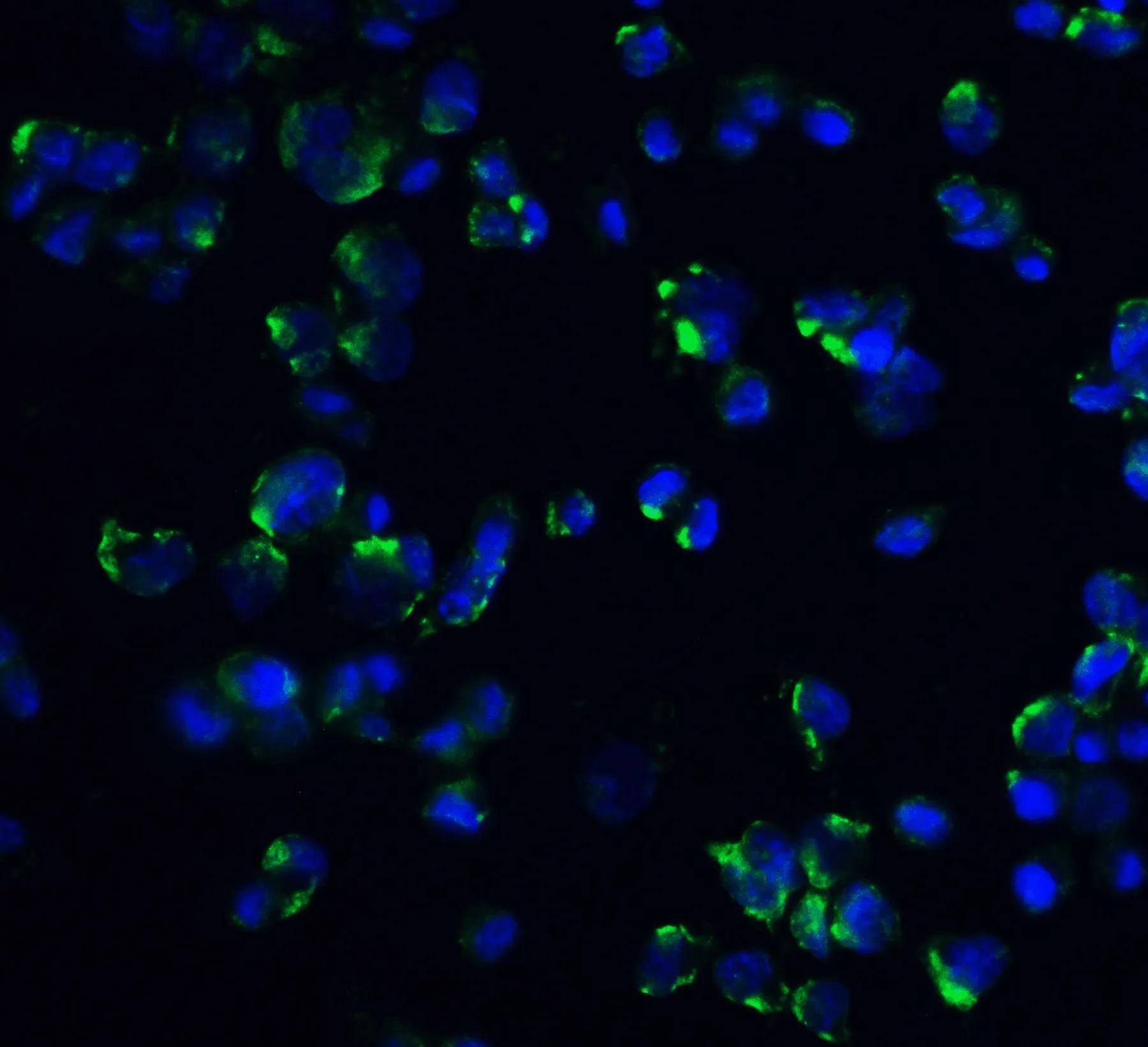
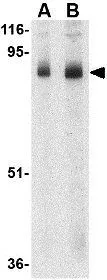
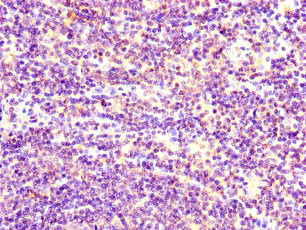
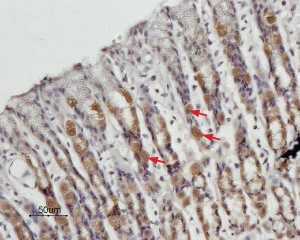
![Various whole cell extracts (30 microg) were separated by 7.5% SDS-PAGE, and the membrane was blotted with STIM1 antibody [SD0814] (GTX01149) diluted at 1:500. The HRP-conjugated anti-rabbit IgG antibody (GTX213110-01) was used to detect the primary antibody. Corresponding RNA expression data for the same cell lines are based on Human Protein Atlas program.](https://www.genetex.com/upload/website/prouct_img/normal/GTX01149/GTX01149_HJ1017_20200228_WB_TPM_watermark_w_23053121_643.webp)
![WB analysis of RBL cell lysates (non-reducing) using GTX80195 STIM1 antibody [CDN3H4]. Lane 1 : GTX80195 Lane 2 : mouse IgG1 isotype control](https://www.genetex.com/upload/website/prouct_img/normal/GTX80195/GTX80195_20191025_AP_001_418_w_23061322_102.webp)

